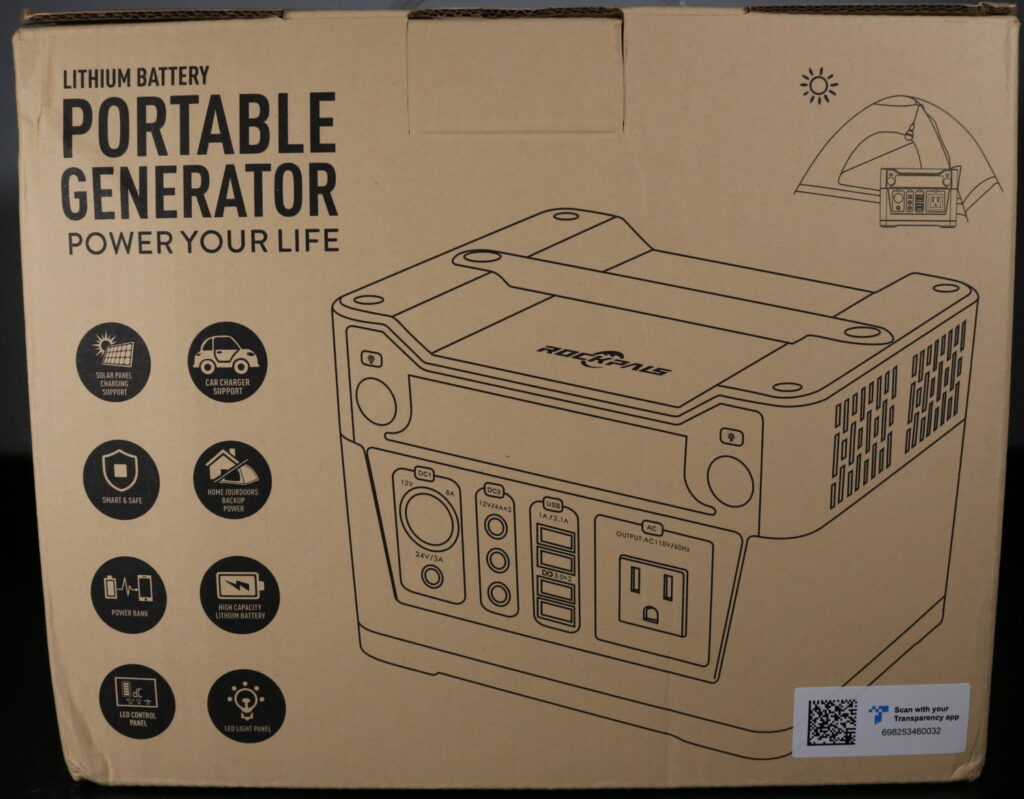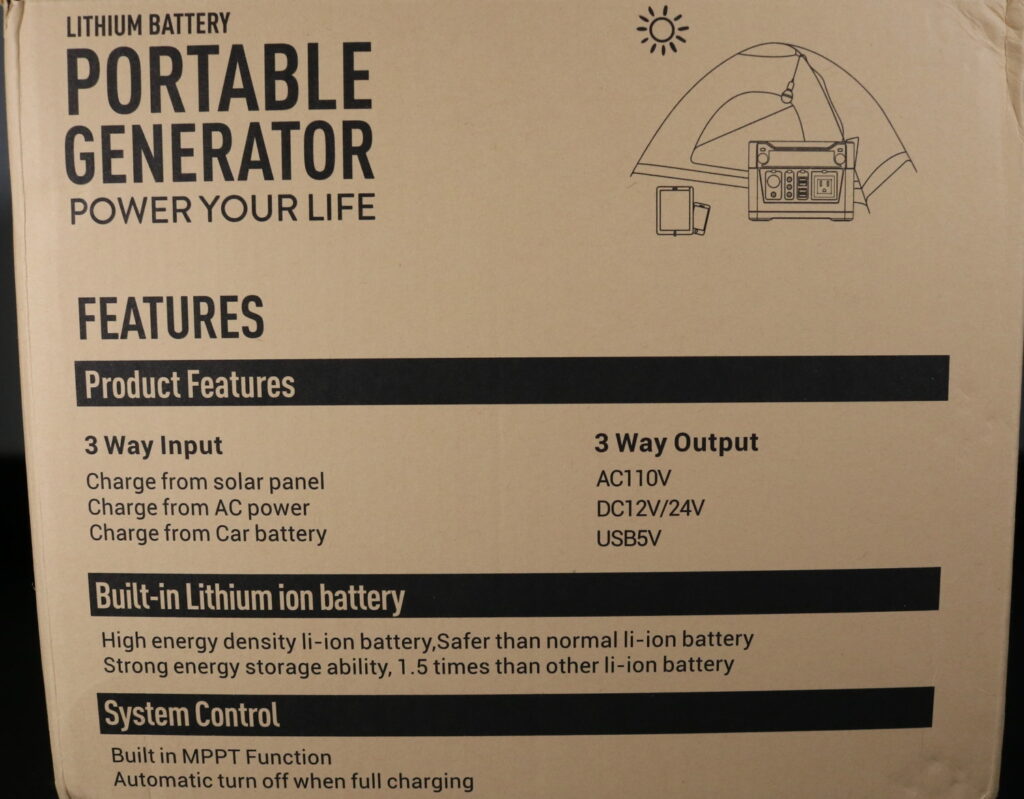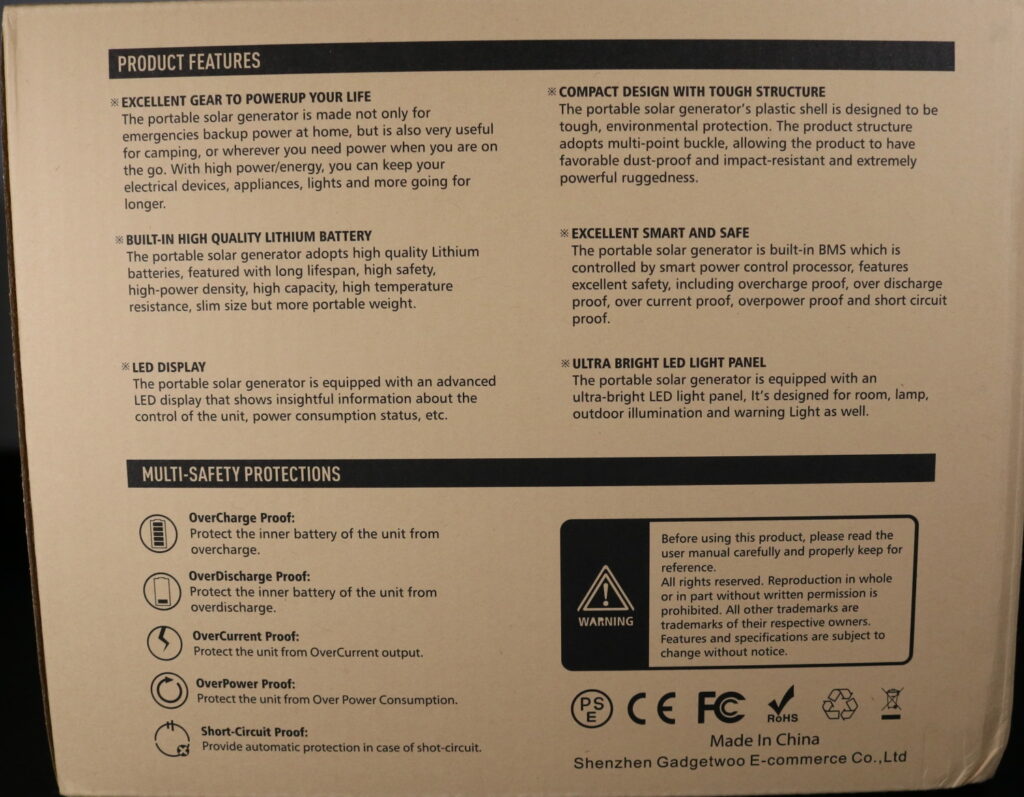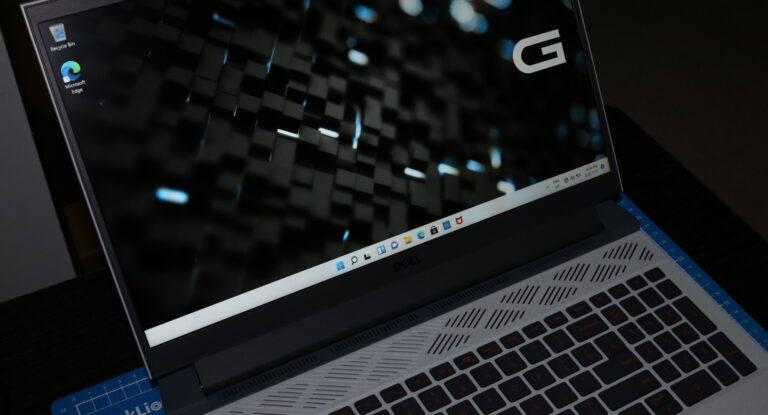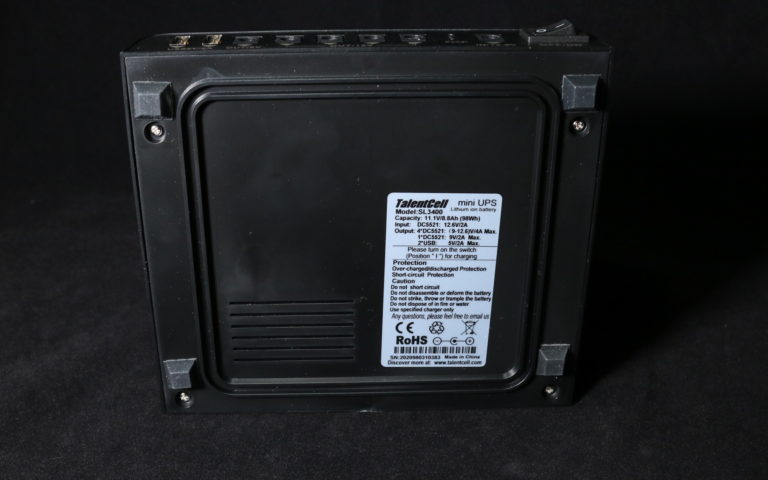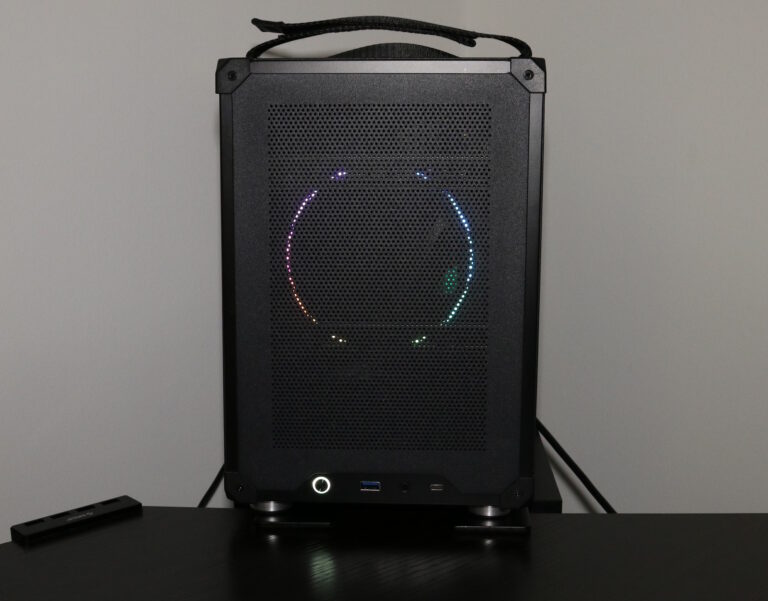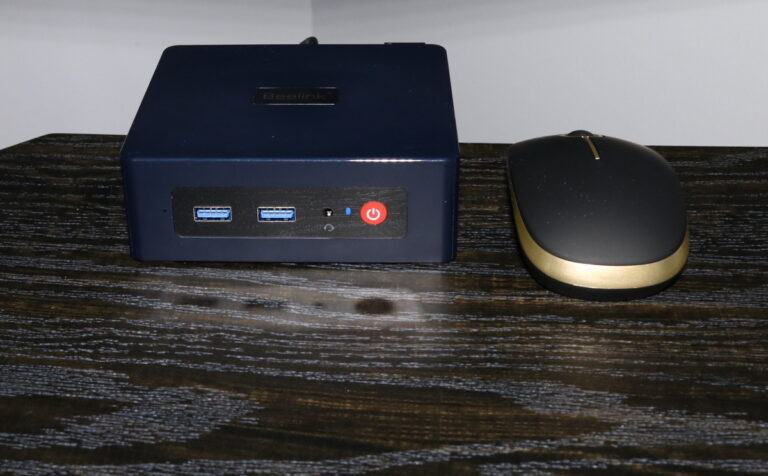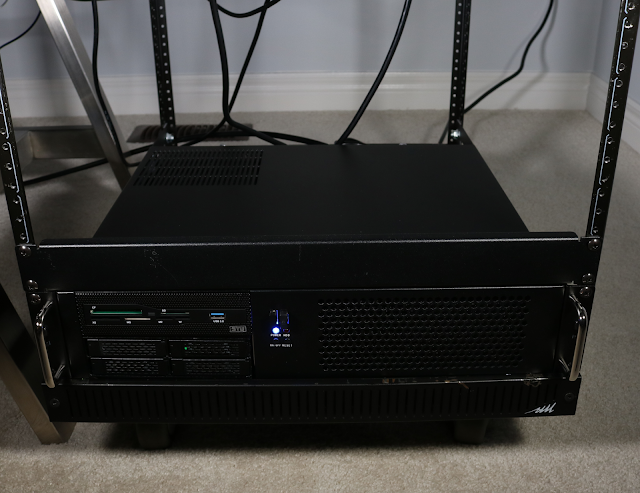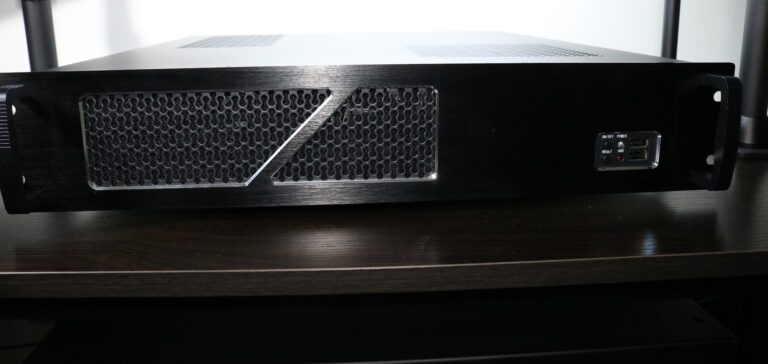Rockpals 300Watt Portable Power Station
This is a Rockpals portable power station. This is also often called “Solar generator” which I have no idea why they are referred as such. This is essentially a very large power bank. This does not generate any form of energy on its own.
Power banks in general do not exceed 100Wh limit. Anything over that, you can’t carry it with you over plane travels. This power bank is aimed for those who goes on RV travels although this specific model is on very low end of scale for RV needs.
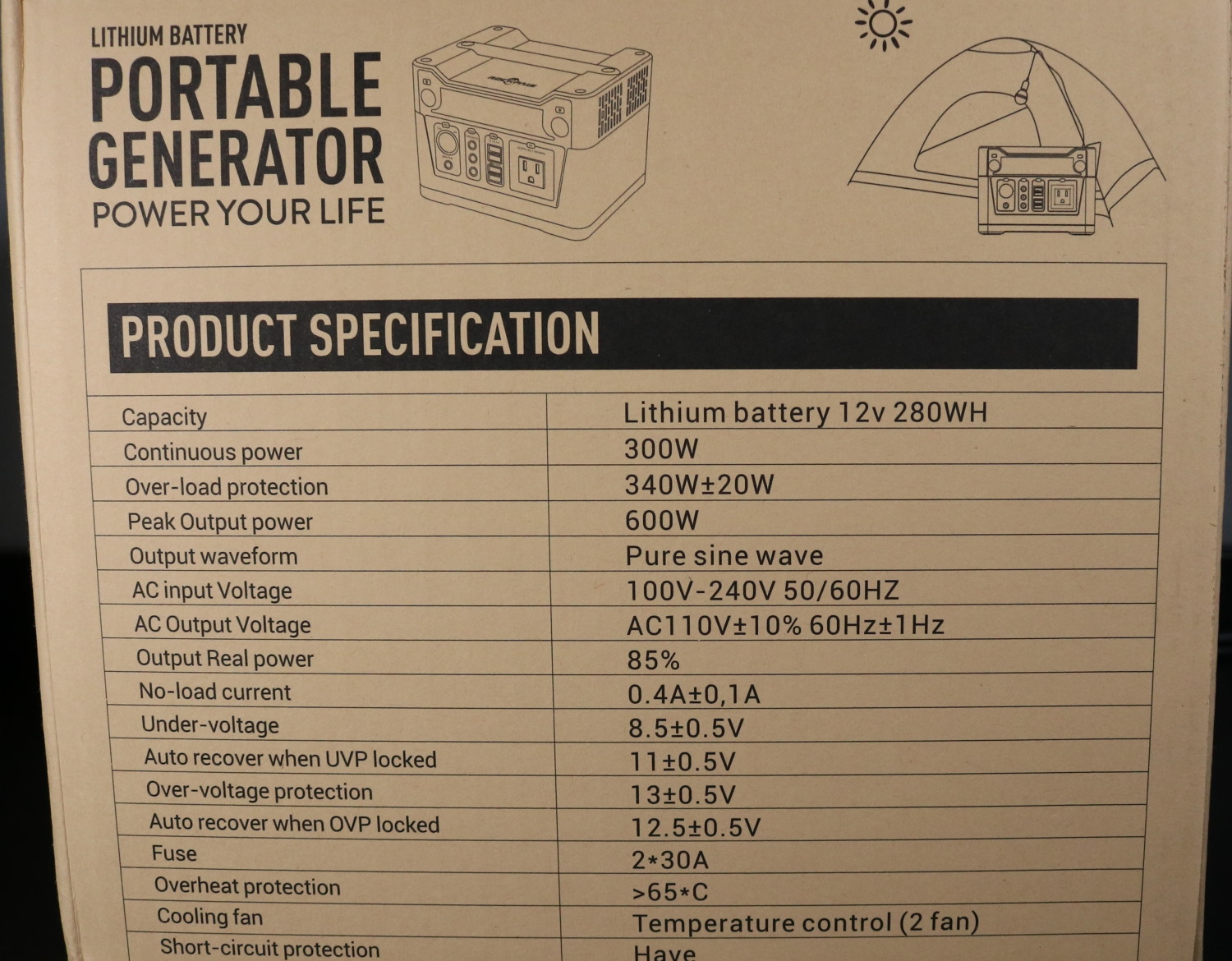
The full spec is on the box photo above. As you can see from the picture, this unit is more suited for a one-night camping rather than RV. It just does not have enough capacity.
The most important part of the spec is that it’s got 280wh @12v. 280 Watt hour means that it can power a unit that consumes 280watt for an hour. Similarly, it will power a unit that eats up 140 watt for 2 hours and so on.
This method of power measurement is more useful in general than a simple mAh rating. Many power banks on market, generally low-end one, displays only mAh without any voltage.
280wh @ 12v means 23,333 mAh. It may not seem much, but if you are charging units like phones, they charge at much lower voltage. For an example, 280wh @ 6v will double its mAh rating to 46,666.
It’s quite easy to false-advertise a capacity of a power bank by just giving out a high mAh rating without letting potential buyers know what voltage it is rated at.
23,333 mAh at 12v (280Wh) is a lot more than 23,333 mAh at 1.5v (35Wh). Therefore, always be skeptical about a power bank that you want to buy. Always check which voltage it operates at. 1.5v and 3.7v are the most common ones in small power banks. Some high end power banks will disclose their Wh right away in open which is a good sign.
Additionally, do make a note of “Output real power” which is at 85%. It applies when you are using AC plug. The battery inside of this is DC. DC to AC always incurs a power loss during conversion. There is no way around it.
So, effective Watt hour of this unit when using AC is 238WH.

I purchased this unit back in Feb of 2020. It’s been 11 months since then. Thankfully, even after a year of usages, this unit has been rather faithful. It hasn’t let me down.
This is a heavy unit. Its precise size is 19cm (7.5inch) x 13cm (5 inch) x 14cm (5.5 inch). It weight about 3kg (6 and half pounds). Sadly, I am not opening it up. I use this almost daily and can’t afford to break it by trying to open.
I use this as a light station where I plug in numerous USB light thingy and use it to brighten up an area where I work on model and garage kits. It’s been mighty useful in that regard.

The reason I chose Rockpal over other brands is because they were the only one who were willing to ship to Canada from LA, US. Besides, their website seems pretty active unlike others which look like a placeholder than an actual website.
I purchased this @ 260 USD + 30 USD shipping.
There is also Jackery but I dislike their unit design.
This specific unit I have is no longer on sale though. They’ve updated the design but its internal components should still be virtually identical.
One advantage of this unit over others (from other brands) is that it has its power brick built in, meaning one less power brick to carry around if you are traveling.
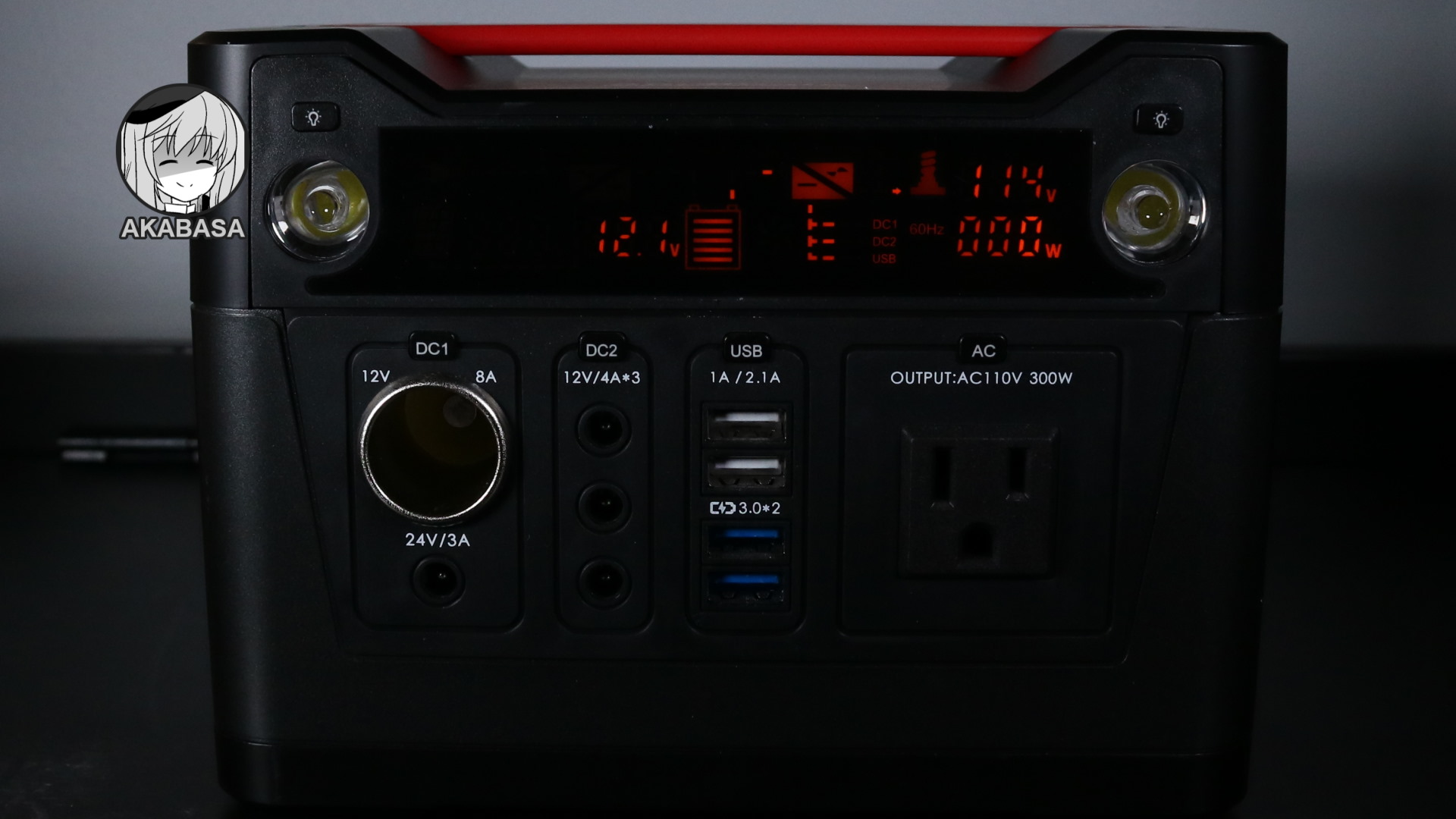
It also has a full display on front where you can see how much power something you’ve plugged in consumes. But do note that power consumption meter works only for AC plug.
You need to press buttons to activate modes. You can activate all modes at once as well. If a mode is active and no power is drawn for a while, the mode will automatically switch off.
I should also mention that the DC output is not regulated, meaning voltage will fluctuate. DC output at full charge will be close to 12v. At low charge, it will drop to as low as 9v.
Why not regulated DC voltage then? If DC voltage is regulated, there is a power loss of around 10%. So, there is pro and con of regulated DC output. Besides, the unit has a AC plug. In such a case, regulated DC is not required.
If your device is sensitive to voltage fluctuation, just plug it in AC outlet. AC outlet is always regulated.
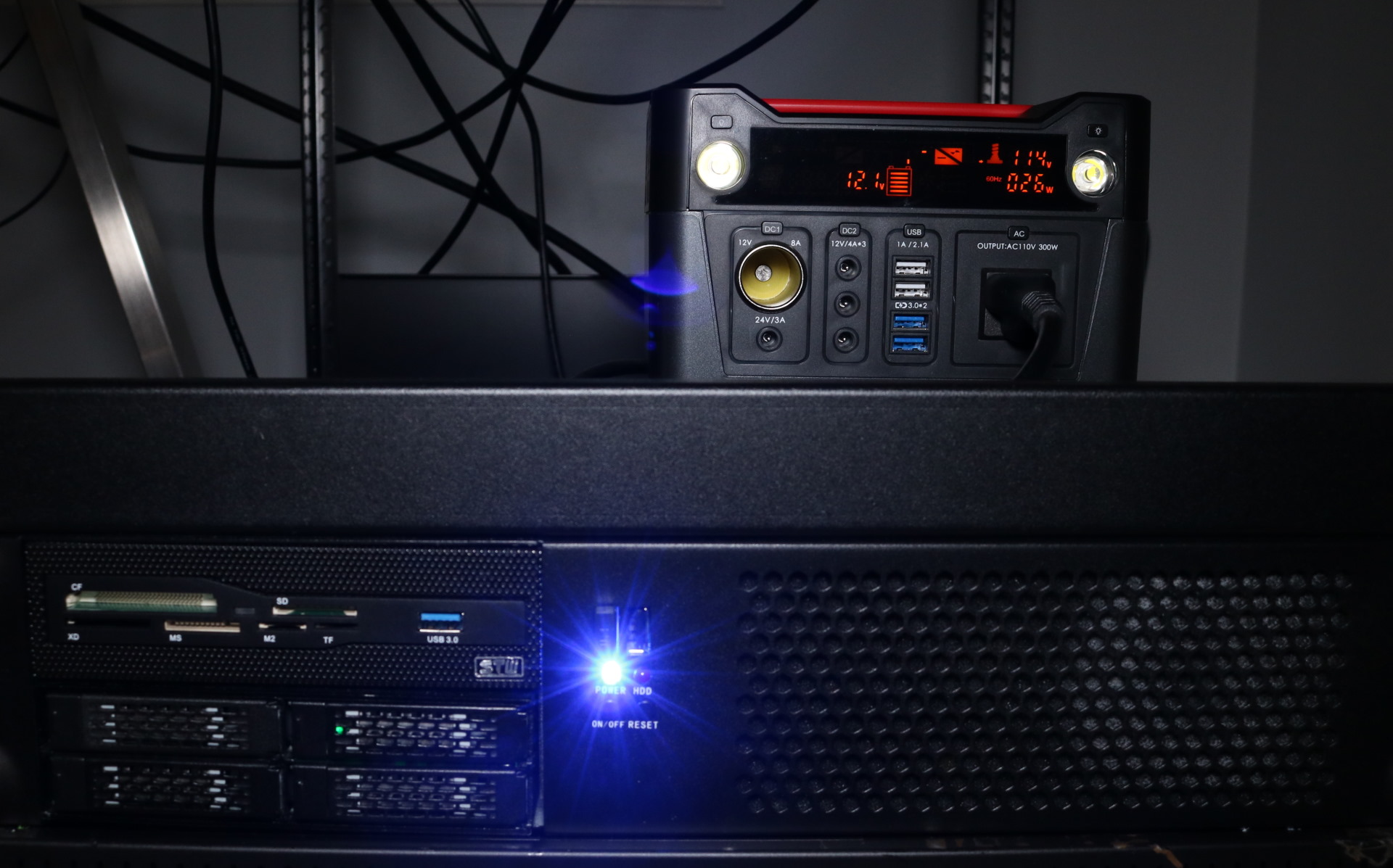
This power bank can power my low-power 2U rackmount unit for about 5 hours. The rig has AMD Athlon 3000g. It idles at 25ish watt but will use 40ish watt when playing youtube or a movie file.
238 (At 85% of 280) / 40 = 5.95. Math never works exactly for this type of situation, so let’s just round up to 5.
5 hours of youtube will get me though most of power outages I encounter. That is my primary reason for having this. You may wonder though. If power is down, wouldn’t your internet also be?
Not in my case because my router is also hooked up to a power bank: Talentcell mini UPS

Interestingly, ever since I purchased this unit, I haven’t had a real, prolonged, power outage. Two 5-hour outages is all I’ve had this year which is a record. Two may seem a lot if you live in an area power rarely go down, but I have usually had at least 3 ~ 9 prolonged outages per year in the past.
Perhaps, this unit is acting as some sort of a charm. Who knows.
So, is this unit worth the price? Well, depends. I live in an area where electricity isn’t very reliable. I have to consider events where I will be out of power up to 12 hours (the absolutely worst case scenario). This unit will get me through a lot of sticky situations once power is out.
If you are a RV maniac, don’t get this. Spend more and purchase a higher power unit. Rockpal sells a 500WH version. That version would be far more ideal for RVing. This unit can work though if you have a beefy enough solar panel setup to charge it fast.
For one-night camping, yes, this unit will be fine.
If you are charging just small stuff, this thing will charge them for a long time. USB charge voltage is generally 5. That will translate to 56,000 mAh. Since it’s DC to DC, the 15% penalty does not apply here.

